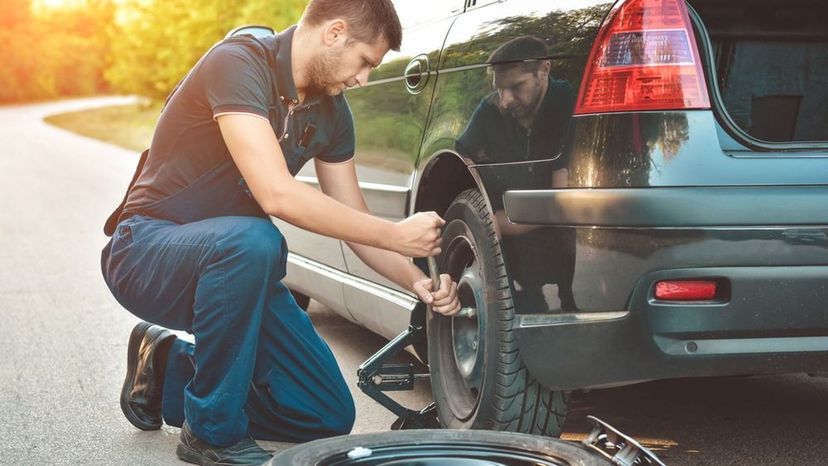
About This Quiz
Can you change your tires without busting a lug nut or your knuckles? Do you laugh at how long it takes Formula One pit crews to get the job done? Are you always looking at tread depth as you walk up to your vehicle?Â
Even the most car-oriented people often overlook their tires. That's unfortunate, because tires make a huge impact on performance. They're the only piece of a car's equipment that actually touches the road. As a result, they directly impact acceleration, stopping distances, handling, and fuel efficiency. In other words, ignoring the tires can have a huge effect on how your vehicle drives, and not for the better.Â
Properly maintaining your tires involves rotating and balancing them regularly. Staying on top of these often-forgotten items will make your tires last longer, saving you money, too.Â
Even well-maintained tires might need to be changed in an emergency. Knowing how to change a tire properly can save you from being stranded, so it's a good skill to have.Â
Just how much do you know about these three valuable maintenance items? Take the quiz now and find out!Â
Advertisement
Advertisement
Advertisement
Advertisement
Advertisement
Advertisement
Advertisement
Advertisement
Advertisement
Advertisement
Advertisement